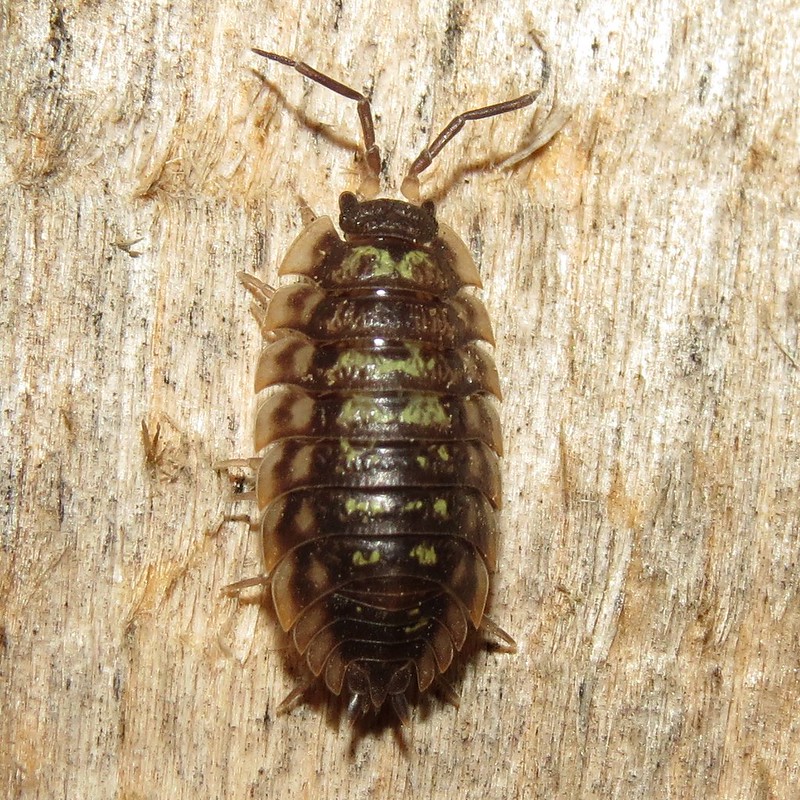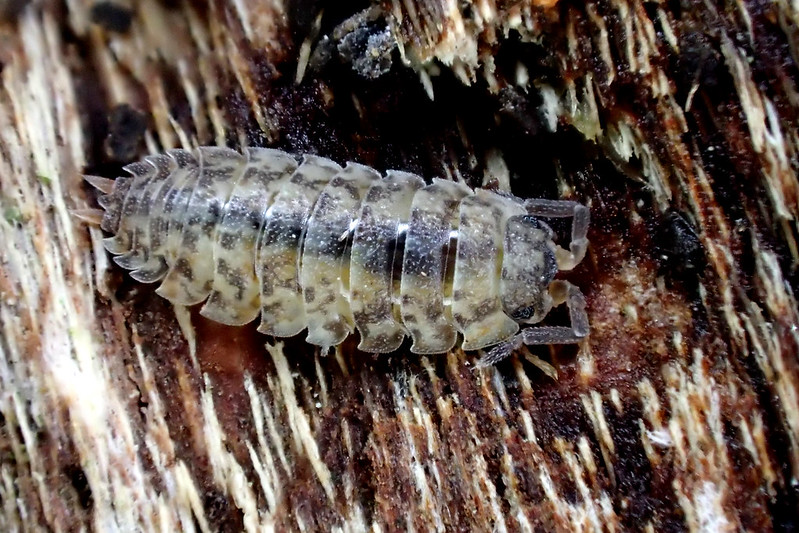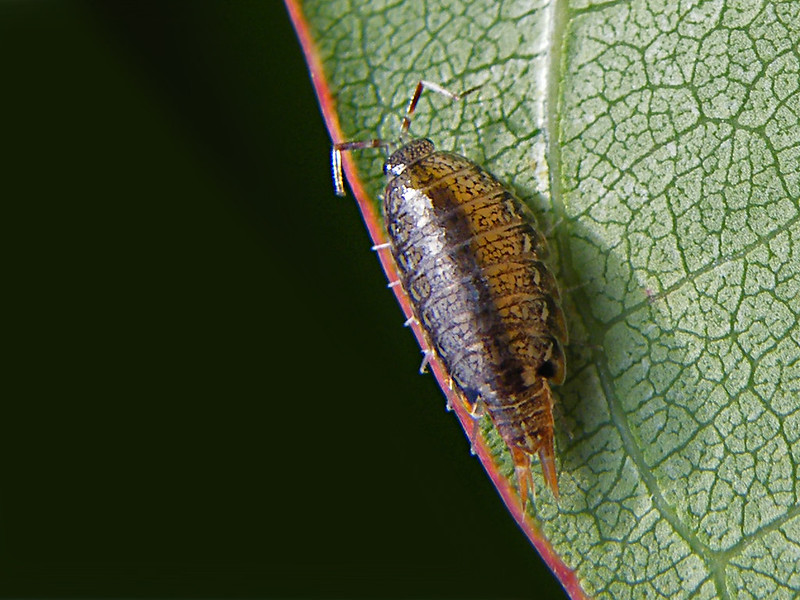Sowbugs — also called woodlice — have an eerie and otherworldly appearance. The fact that sowbugs are not insects at all, but rather tiny crustaceans uniquely adapted to life in land, probably has a lot to do with that.
The good news? Sowbugs don’t bite or sting, and they don’t generally cause damage within homes or gardens. Occasionally, their activity can threaten the health of vulnerable seedlings or plants you have recently transplanted, but that’s about the extent of the damage sowbugs can cause.
When you find them within your home, sowbugs, which prefer highly-humid environments, can, however, indicate a moisture problem. When that is caused by climate or inadequate ventilation, high humidity levels also indicate that your home is at risk of developing mold and dust mite infestations. Where that is not the case, the persistent presence of sowbugs could point to a tricky leak somewhere deep in your pipes that you had not yet become aware of.
Seal Cracks and Holes
Sowbugs are scavengers who feed on decaying organic matter of both plant and bug origin. The fact that they are attracted to moist and dark areas makes the spaces within your home that meet this description their most likely hiding place. Crawl spaces, basements, and occasionally garages are would be their usual indoor hideouts.
As they gravitate toward these spaces, one of the most effective ways to prevent sowbugs from gathering in your home would be to seal any cracks and holes that allow them entry. Install doorsweeps, and apply caulking. Have any cracks and seals in foundation walls professionally sealed, paying special attention to “joints” where one space joins another. Do this, and you’ll have won half the battle.
Reduce Moisture
The fact that sowbugs thrive in highly-humid environments with humidity levels that exceed 60 percent is far from your only reason to reduce humidity and moisture within your home. Cockroaches and dust mites are two other examples of pests attracted by moisture, while highly humid environments also essentially invite a mold infestation with open arms.
To reduce moisture and humidity everywhere on your property, you can take a number of steps:
- Have any leaks in pipes, gutters, and roofs repaired as soon as possible.
- Increase ventilation. Yes, in most cases, that would be a fancy way of saying “open your windows every day, for at least 15 minutes”. When it comes to bathrooms and kitchens, however, you may have to install exhaust fans.
- In areas that cannot be aired adequately or rooms with persistent high humidity levels, you will instead want to consider installing a dehumidifier. These appliances offer an effective way to bring humidity levels down to safe levels in crawl spaces and basements, making them unattractive to sowbugs.
Once your humidity levels are consistently between 30 and 50 percent and no lingering sources of moisture remain, sowbugs will naturally disappear from your property.
Create a Barrier
Sowbugs are, remember, scavengers who set out in search of organic debris. Planting flowers and shrubs, or laying down mulch, close to your foundation walls is therefore a bad idea if you hate the thought of sowbugs in your home. The presence of these food sources will draw sowbugs into your property. It would be ideal for the area immediately adjacent to your foundation walls to be free from plants, flowers, and shrubs.
Diatomaceous Earth
Diatomaceous earth, a fine powdered made up of prehistoric tiny water fossils, is a powerful natural pest control tool that works against more than just sowbugs. This substance is abrasive to many bugs, including sowbugs, and spreading it around will deter them.
When you’re trying to prevent sowbugs from entering your basement or crawl spaces, diatomaceous earth can act as a wonderful barrier around your foundation walls. If you’ve spotted sowbugs in your garden, likely under rocks or flower pots, you may be worried about the health of your plants. In these cases, too, diatomaceous earth is a simple solution.
Sowbugs are, fortunately, some of the easiest bugs to get rid of by taking only environmentally-friendly steps. By implementing these measures, you’ll be able to say goodbye to these unwelcome invaders in no time.
Citations and Credits


